
The Saint Bernard is a very large and muscular dog breed that is known for
its very thick coat. Their coats come in two varieties: the rough coat and
the smooth coat. However, both coats are very dense and come with red, mahogany,
brindle and black markings. The toes of the Saint Bernard are strong and well-arched,
which gives a strong footing, especially in snow and ice. Saint Bernards are
also known for their very keen and well-developed sense of smell and are even
reported to have an uncanny ability of sensing impending dangers such as storms
and/or avalanches.
Life Expectancy:
8-10 years
Energy Level:
Average
Living Conditions:
Cooler climate; needs a yard.
Barking:
Average
Exercise Needs:
Daily 30 minute walk after reaching 2 years of age.
Breed Group:
Working
Size:
Large
Height:
24-27 inches
Weight:
110 - 200 pounds
Standard Hair Colors:
White, with red, mahogany, brindle and black markings.
National breed club:
Saint Bernard Club of America
Saint Bernards were used by Swiss farmers as herding dogs, as well as hunting and watch dogs. The breed’s history is loosely connected with the hospice at the Great St. Bernard Pass. It was said that the dogs used to be loyal companions of the monks identified with the hospice, until such a time when the priests let go of the dogs in order to focus on their ministry to the people.
The Saint Bernard, while known for its fierce loyalty and vigilance to its owners and family, is a very gentle breed. They are very friendly and despite their massive size, are especially tolerant of small children, making them the perfect watchdogs. The Saint Bernard is also extremely intelligent and trainable; however, this should be initiated early on in its life, as the breed’s size can pose as a problem.
Long walks can do a Saint Bernard a world of good. However, puppies should be limited to short walks and brief play sessions until it has reached two years of age to allow the bones to fully develop.
Given its massive size, the Saint Bernard is more ideal for people who have a large garden or field, where the dog can freely develop its strength. Saint Bernards are also ideal for people who live in places that have a cool climate, since its coat is thick and dense.
While the Saint Bernard has a very thick coat, it is very easy to clean and groom. Use a mild shampoo in cleansing their coats so as not to strip it of its oily, water-resistant properties. Brush the coat with a firm bristle brush and bathe only when necessary. Clean the eyes thoroughly with water to free them from irritants.
Saint Bernards can be prone to hip dysplasia because of their size. And because of their equally big appetites, they can also be prone to bloating and related heart diseases.
You may also enjoy having a Scottish Collie around. Just like the Saint Bernard,
it is very sweet and loyal breed, perfect for those who have small children
in their families.
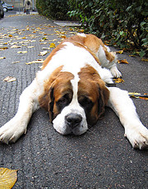
 Basenjis: A guide to dogs and puppies of the Basenji breed
The Basenji!
The Basenji, also known as the Congo dog, is a
Basenjis: A guide to dogs and puppies of the Basenji breed
The Basenji!
The Basenji, also known as the Congo dog, is a
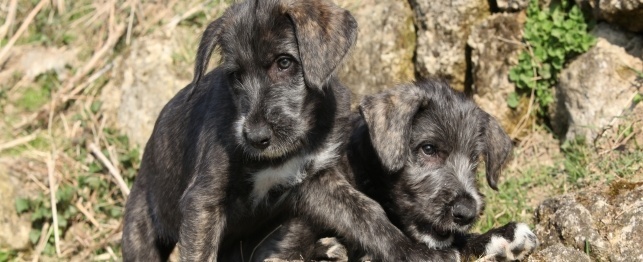 Irish Wolfhound Puppies
Irish Wolfhound Puppies
Irish Wolfhound Puppies
Irish Wolfhound Puppies
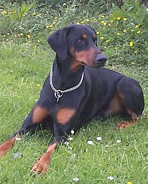 Doberman Pinschers: A guide to dogs and puppies of the Doberman Pinscher breed
The Doberman Pinscher!
The Doberman Pinscher is a combinati
Doberman Pinschers: A guide to dogs and puppies of the Doberman Pinscher breed
The Doberman Pinscher!
The Doberman Pinscher is a combinati
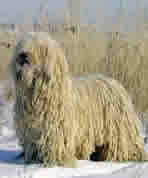 Komondors: A guide to dogs and puppies of the Komondor breed
The Komondor!
The Komondor, which also goes by the name Kom
Komondors: A guide to dogs and puppies of the Komondor breed
The Komondor!
The Komondor, which also goes by the name Kom
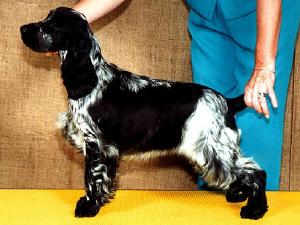 English Cocker Spaniel
English Cocker
English Cocker Spaniel
English Cocker
Copyright © 2005-2016 Pet Information All Rights Reserved
Contact us: www162date@outlook.com